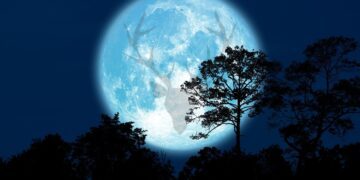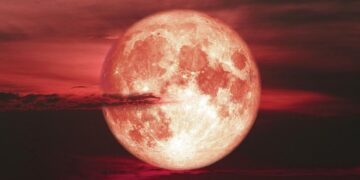
Is The Big Dipper A Constellation?
You've likely heard of the Big Dipper, but did you know that there's another star formation called the Little Dipper?
We spend so much time focused on our lives here on Earth that we often fail to notice the fantastic things far away! Our seemingly limitless universe is filled with genuinely astonishing things that you can learn about right here!
Did you know that our Milky Way galaxy is about 100,000 light-years wide? Continue reading to learn more about our solar system, the planets inside it, and the rest of the universe!

You've likely heard of the Big Dipper, but did you know that there's another star formation called the Little Dipper?

During the time of the fur trade in the US, the Beaver Moon indicated it was time to trap beavers for their thick, warm pelts.

Did you know that once every three years, the full moon of October is known as the Harvest moon?

Scientists believe that both moons of Mars (Phobos and Deimos) are comprised of rock and ice.

Did you know that the full moon closest to September Equinox is known as the Harvest Moon?

In August, the first full moon is called the Sturgeon Moon and is named after the primitive fish species.

The full moon of July is known as the buck moon because it's the time of year when all bucks' horns are fully grown.

Did you know the full moon of June is called a strawberry moon because it represents trees bearing fruit?

The Flower Moon is the first full moon of May and gets its name from the bounty of flowers growing in unison in May.

The Pink Moon is the full moon of April. The name is linked to the pink-colored flowers that are in bloom during spring.

The full moon of March is known as a worm moon because this is when the ground thaws in the northern hemisphere.

Many full moons throughout the year have a name, and that of February is called a snow moon.